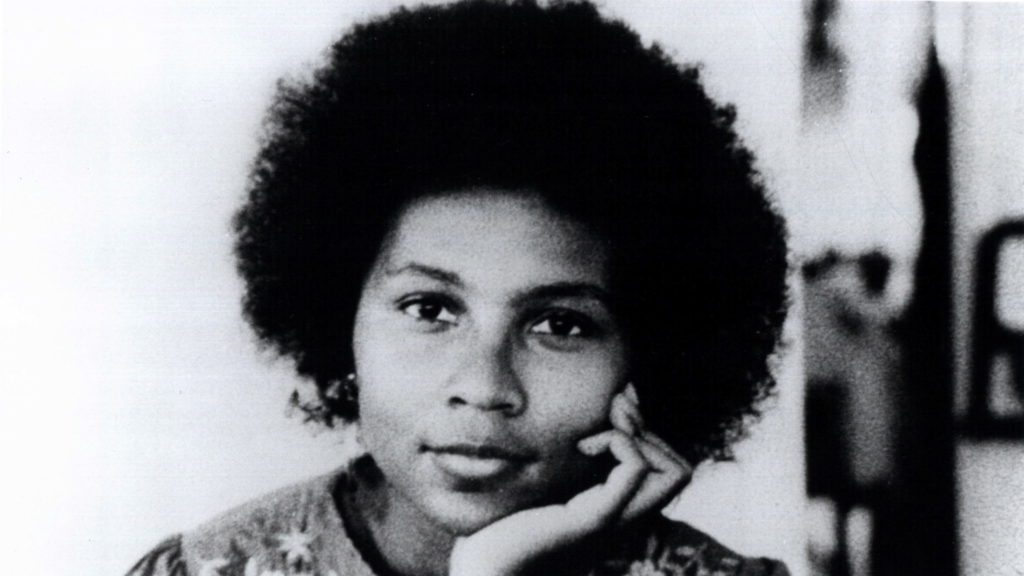Black Panther is an American film produced in 2018 by Disney's Marvel Studios which is part of a long line of films. The film is based upon Marvel Comic's Black Panther which was influenced by the Black Panther Party for Self-Defense, which was a political organization founded by Bobby Seale and Huey Newton in October 1966. The film entails the story of the kind of a secret country in the center of Africa, Wakanda. It is much more technologically developed than the rest of the world which is why they choose to keep secret. It deliberately shows a world where people of colour have secretly been above all other countries which is very similar to the aims of the Black Panther Party.
MARVEL STUDIOS – Logo suggests high quality
film
Audio
–Intense music presents action genre, voice overs – suggests some kind of
change in the world –audience need to be educated (uses and gratification) – 2nd
voice over also suggests some change in the world whereas 1st
voiceover suggests something hidden in Africa –ENIGMA CODE
-Hip hop style music ->Afro American
social history
Representation
- ‘Dora milaje’ Women warriors –challenges
old status quo, typically masculine role.
> Bell Hooks – Black women at the top of
the most technologically advanced country in the world –high social status.
Bell hooks-“to engage in film was to engage in the negation of black female
representation in the media” Black Panther challenges this old status quo.
-VERY developed technology however in
African artwork and style
Binary Opposites
Enigma Code
-Who are the people? Why do they look a
certain way? Who are the people in masks?
-‘El Dorado’ in Africa –myths and legends
-As an audience we want answers to these
questions (Uses and Gratification)
Scene 1
Industrial, grey blue dark colour pallet, looks like an interrogation body language suggests this, ethnicity -white males, 'What do you know about Wakanda/[Africa]' -what do we know as an audience? -Different to contextual road map,
Scene 2
People wearing traditional African clothes- cultural reference point, 'El duardo'-Enigma code, Flying ship-Advanced technology-challenges shared contextual road map, 'terror group' style people-cultivated by media, The Black Panther-BlackPanther movement & Malcom X, "Wild Cat" imagery, fight
Scene 3
Female representation-Shaven head, warrior's clothes- She is next to the king rather than a damsel in distress, Marvel Studios logo-suggests high quality film + specialised font suggests new kind of film, Wakanda looks like the future, Animal representation with mask-contrast to armour and technology, Empowered women -wields traditional spear with skill>Not conforming to other nations.






















